Eärendil, Éowyn, and Prancing Ponies: Why Shawn Marchese Loves Middle-earth (and Arrakis, Prog, and Archaism)
Comment number:
0
Advertisement
Showing 95 results
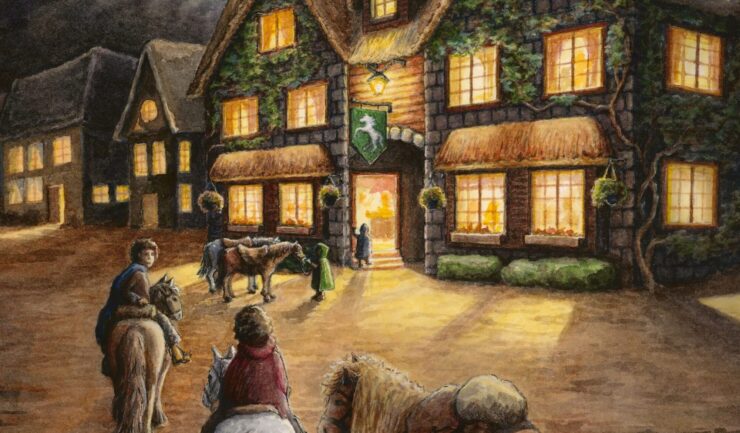
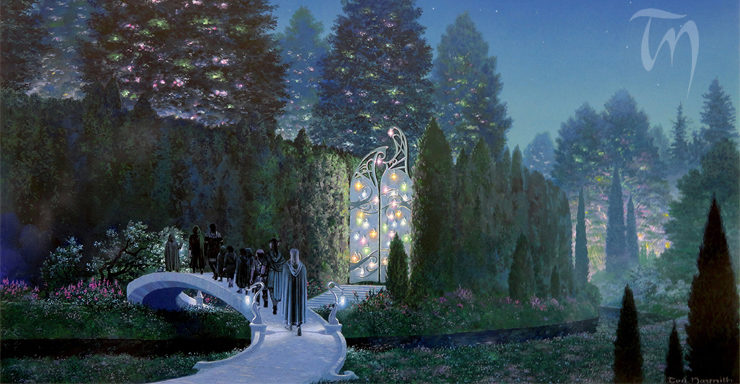
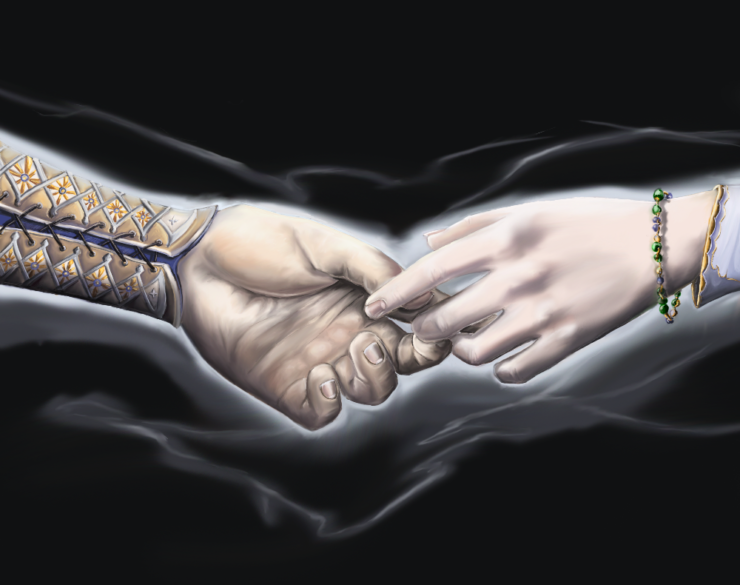
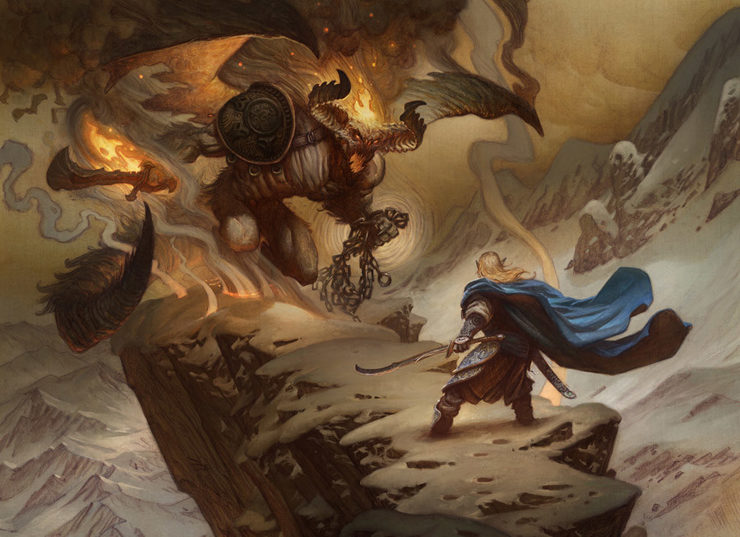
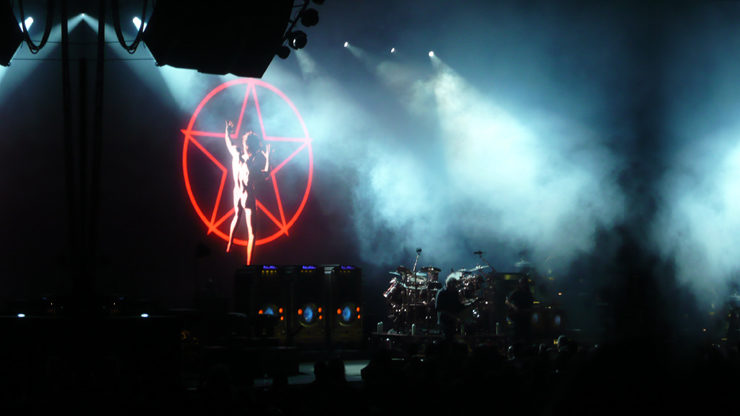
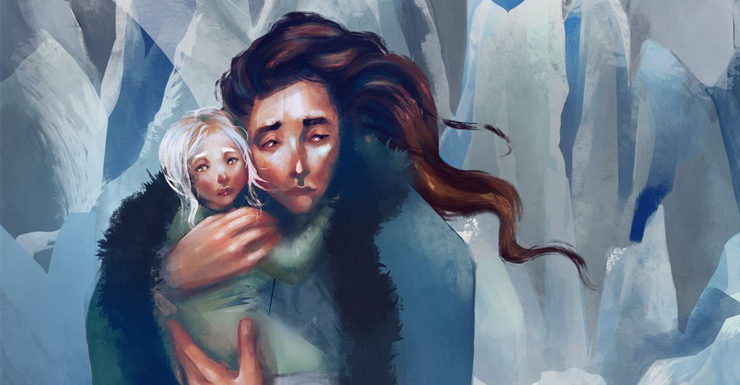
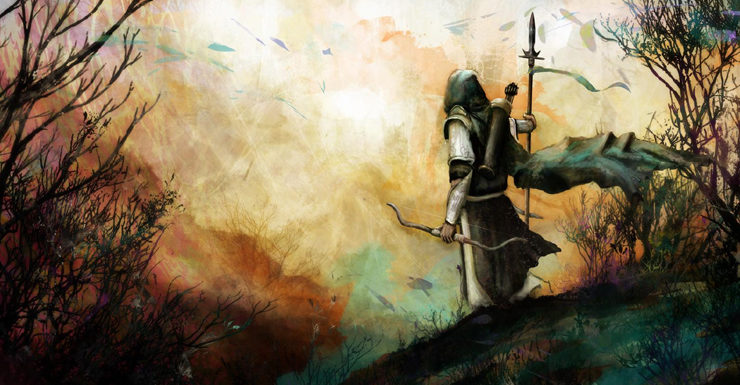
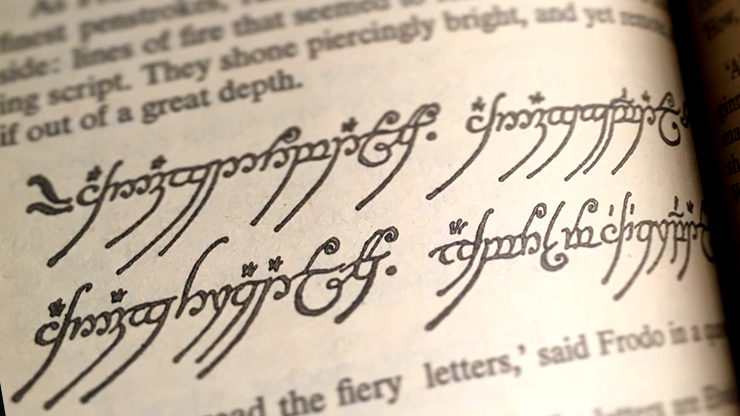
“Writers are liars my dear, surely you know that by now?”
Neil Gaiman, The Sandman
For compliance with applicable privacy laws:



